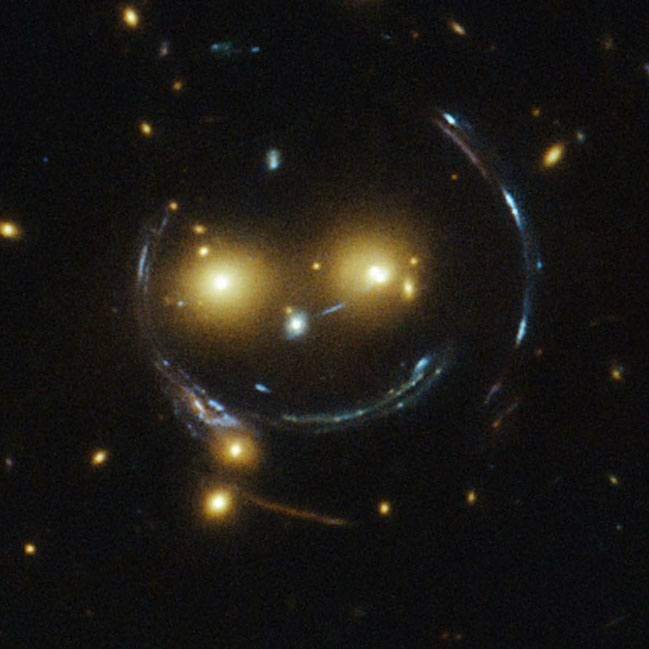During the last decades, strong gravitational lensing has become a powerful tool that can
be used to study astronomical objects with different physical scales. It has also proven
to be a promising diagnostic that can help solve some of the most important problems in
cosmology. We have now reached a critical time for strong gravitational lensing research,
as forthcoming large-scale surveys (Euclid, the Roman Space Telescope, the Chinese Space
Station Telescope and the Vera Rubin Observatory) will map the entire sky and increase the
number of known gravitational lenses from a few hundred to about 100 000. At the same time,
strong gravitational lenses with current and forthcoming instruments
(e.g. ALMA, JWST, E-ELT, SKA-VLBI) will spatially resolve scales that are beyond the reach
of telescopes for individual objects in the high-redshift Universe. These new data will
revolutionise our understanding of dark matter and structure formation, and offer
unprecedented cosmological applications. This strong gravitational lensing symposium
will bring together observational and theoretical members of the community to review
their preparedness for this new era, to discuss advanced statistical techniques and
possible systematics limitations, and to foster novel collaborations.
Invited speakers
Ana Acebron (University of Milan)
Gabriel Caminha (MPA Garching)
Tom Collett (University of Portsmouth)
Giulia Despali (University of Bologna)
Shude Mao (Tsinghua University)
Massimo Meneghetti (INAF Bologna)
Anna Nierenberg (UC Merced)
James Nightingale (Durham University)
Masamune Oguri (Chiba University)
Francesca Rizzo (DAWN Cosmic Centre)
Piero Rosati (University of Ferrara)
Anowar Shajib (University of Chicago)
Russell Smith (Durham University)
Sherry Suyu (MPA Garching)
Tommaso Treu (UCLA)
Brian Welch (NASA Goddard)
SOC
Hannah Stacey (MPA, Germany)
Alessandro Sonnenfeld (Shanghai Jiao Tong University, China)
Claudio Grillo (University of Milan, Italy)
Simona Vegetti (MPA, Germany)
Simon Birrer (Stony Brook University, USA)
Marusa Bradac (UC Davis, USA)
Eros Vanzella (INAF Bologna, Italy)
Kenneth Wong (NAOJ, Japan)
LOC
Francesca Rizzo (DAWN, Denmark)
Federica Bradascio (CEA Saclay, France)
Virginia Ajani (ETH Zurich, Switzerland)
Fabio Convenga (Karlsruhe Institute, Germany)
Victoria Strait (DAWN Institute, Denmark)
Luca Di Mascolo (University of Trieste, Italy)



